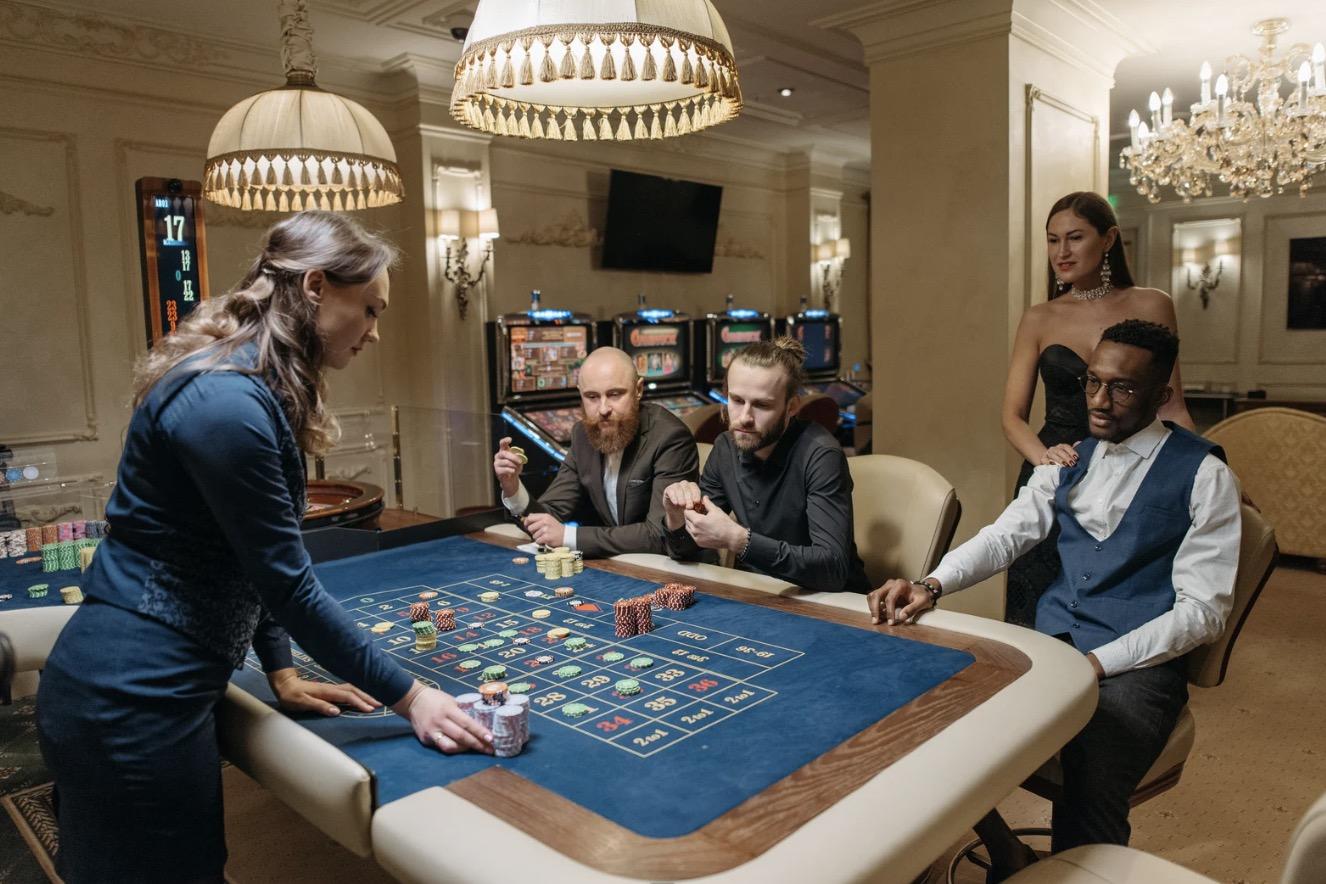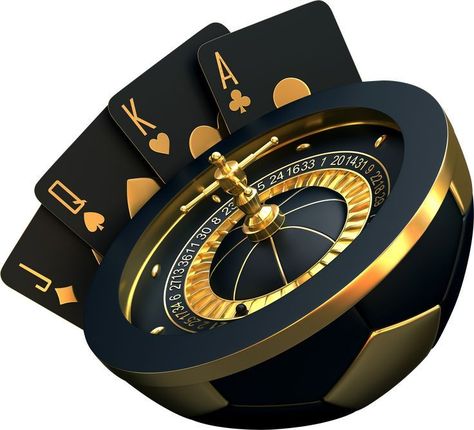
Blackjack Strategy: Mastering the Art of Doubling Down
Blackjack isn’t just about luck. It’s a game of decisions — and doubling down is one of the most powerful moves you can make. This high-risk, high-reward strategy can double your profits when used at the right time. But play it wrong, and you might walk away empty-handed. In this guide, we’ll break down the double down strategy in the best online casinos and show you when it works best, when to avoid it, and how to use it with confidence.
What Does „Double Down“ Mean in Blackjack?
To double down in blackjack means to double your original bet after receiving your first two cards — in exchange for exactly one additional card.
It’s a bold move. You’re betting that your third card will give you the best hand possible to beat the dealer. You’re only allowed to double down at the beginning of a round, before you take a third card. Once you hit, the chance is gone.
This strategy hinges on timing and understanding odds. Used correctly, it gives you a significant edge over the house — especially in situations where you have a statistical advantage.
When to Double Down in Blackjack
Some hands scream for a double down. Others are a trap. Here’s when to pull the trigger:
1. When Your Hand Equals 11
This is the perfect scenario. Any card worth 10 gives you 21. And with four tens in every suit, the deck is stacked in your favour.
Tip: Only double down if the dealer shows a weak card (2 to 10). Avoid doubling down against an ace unless you’re counting cards.
2. Soft 16 to 18 (Ace + 5, 6, or 7)
A “soft” hand means your ace counts as 11. If you draw a weak card, you don’t bust. It’s the safest double down move in blackjack.
When to do it: If the dealer shows a 4, 5 or 6. These are „bust cards“ for the house, so your risk is low.
3. Hard 9 or 10
A hard hand has no ace or an ace that must be counted as 1. If your hand totals 9 or 10 and the dealer is showing a weak card, you can double down and likely land a strong hand close to 21.
When NOT to Double Down
Sometimes, it’s better to play it safe. Here’s when to avoid doubling down:
- Dealer shows an ace: This is the worst-case scenario. The dealer has a strong chance of hitting blackjack. Don’t risk it.
- You have a hard 12 or higher: You’re in bust territory. Adding another card is likely to put you over 21.
- After hitting or splitting: Most blackjack rules won’t let you double down after you’ve hit or split your hand. Know the rules of your table.
How to Signal a Double Down (In Live or Online Blackjack)
At a physical table, slide an equal stack of chips next to your original bet, and signal by pointing with one finger — this tells the dealer you only want one card.
Don’t stack your chips on top of the original wager — it might be mistaken for a tamper attempt.
In online blackjack, simply click the „Double“ button when prompted after your first two cards are dealt. Make sure the option is available under your chosen game rules.
Key Situations to Watch Before Doubling Down
Every game has its own twist. Before making a move, check these factors:
1. Dealer Rules
Does the dealer stand on soft 17 or hit? If the dealer stands, your odds are better — it limits how far they can chase your score.
2. Number of Decks
Single-deck blackjack offers better odds when doubling down. More decks mean more unpredictability.
Tip: In multi-deck games, focus on doubling down with totals of 10 or 11 only.
3. Does the Dealer Peek for Blackjack?
If the dealer checks for blackjack when showing an ace or 10-value card, the hand ends early — saving your double down bet. But if they don’t peek, you could lose your double bet instantly. Know what to expect.
Advantages of Doubling Down
Doubling down increases your stake when you have the upper hand. It’s a move that maximises your return without changing your odds of winning.
Key benefits:
- Higher payouts in ideal hands (e.g. hard 11, soft 17)
- Leverage in weak dealer situations
- Strategic advantage when applied properly
If your timing is right, doubling down can help you make twice the money with half the effort.
Disadvantages of Doubling Down
The strategy isn’t risk-free. There’s a reason most players don’t use it — or misuse it.
Main risks:
- You only get one more card
- You risk doubling your loss
- Poor timing = wasted chips
Imagine doubling on 11 and drawing an ace — you’re stuck at 12 while the dealer may hit 18 or more. That hurts.
Also, because the dealer plays last, they always have a slight edge — even if their first card looks weak.
Best Practices and Tips
- Stick to the math: Don’t double on gut feeling. Follow basic strategy charts.
- Avoid doubling after splits unless the rules explicitly allow it.
- Practice with low-stakes games first to build confidence.
- Track the rules of each blackjack variant. Flexibility to double down differs across games.
Final Thoughts
The double down strategy is one of the most exciting and potentially rewarding moves in blackjack. It’s not about luck — it’s about smart risk.
Used in the right hands and at the right moment, doubling down lets you bet aggressively when the odds swing in your favour. The key is knowing when to strike — and when to hold back. Learn the rules of the game, study the dealer’s hand, and be disciplined.
Once you master when and how to double down, you’ll not only boost your winning chances — you’ll play like a pro.

Schreibe einen Kommentar